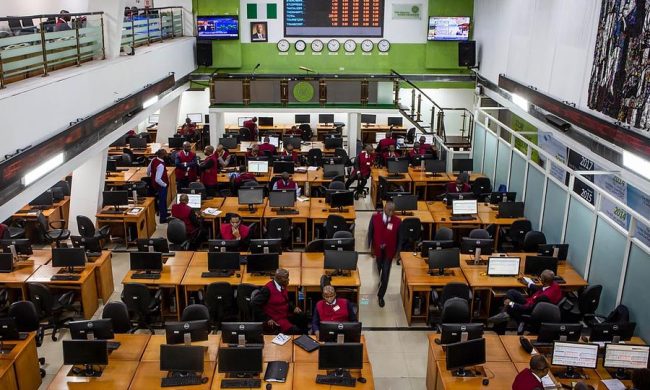Oil prices traded slightly higher on Thursday, reversing course after a report suggested crude stockpiles at the U.S. storage hub at Cushing, Oklahoma fell in the latest week.
U.S. stockpiles have been in the spotlight because they rose unexpectedly last week, stoking fears that the market is becoming oversupplied. Thursday’s data suggests last week’s increase might have been an anomaly, traders said.
Crude inventories at Cushing dropped 1.1 million barrels since Friday, July 27, traders said, citing a report issued by energy information provider Genscape. In the previous week, total U.S. inventories rose 3.8 million barrels, while supplies at Cushing fell 1.3 million barrels.
“There’s an expectation that the build from this week will be gone next week,” said Phil Flynn, an analyst at Price Futures Group in Chicago. Additionally, he said, U.S. monthly figures for production fell in May, suggesting that output may be curbed later in the year, he said.
Brent crude futures LCOc1 were up 32 cents at $72.71 a barrel by 10:37 a.m. EDT (1437 GMT), while U.S. crude CLc1 futures rose 60 cents to $68.26 a barrel.
Futures reversed course after trading lower on concerns about oversupply early in the session.
Saudi Arabia, Russia, Kuwait and the United Arab Emirates have increased production, as agreed at a meeting in June, to help to compensate for an anticipated shortfall in Iranian crude supplies once U.S. sanctions come into force later this year.
The Organization of the Petroleum Exporting Countries (OPEC) and partners including Russia had agreed in late 2016 to cut output by 1.8 million barrels per day to rebalance supply and demand.
“Oil is holding up reasonably well … A lot of this is the risk premium priced in for Iran and when do we start seeing an impact on supply there,” ING commodities strategist Warren Patterson said.
“At the moment, there is a mismatch in timing, where there is increasing OPEC supply and yet we’re not seeing a significant reduction in Iranian supply,” Patterson said.
The United States believes Iran is preparing to carry out a major exercise in the Gulf in coming days, apparently moving up the timing of annual drills amid heightened tensions with Washington, U.S. officials told Reuters on Wednesday.
U.S. President Donald Trump’s decision to pull out of an international nuclear deal and reimpose sanctions on Iran has angered Tehran. Iranian officials have warned the country would not easily yield to a renewed U.S. campaign to strangle Iran’s vital oil exports.
“There are a lot of escalation points that could occur very quickly and that worries me,” Jonathan Barratt, chief investment officer at Ayers Alliance in Sydney, said.
Oil prices are also feeling the effects of tensions over global trade, which could cause economic growth to slow.
Trump has turned up pressure on China for trade concessions by proposing a higher 25 percent tariff on $200 billion of Chinese imports and China has said it will retaliate.
“It is almost certain that China will impose additional duties on oil and refined products imported from the U.S. if the Trump administration implements additional tariffs on the next tranche of Chinese goods. This could severely dent the competitiveness of U.S. oil and derivatives in the Chinese market,” said Abhishek Kumar, senior energy analyst at Interfax Energy.














